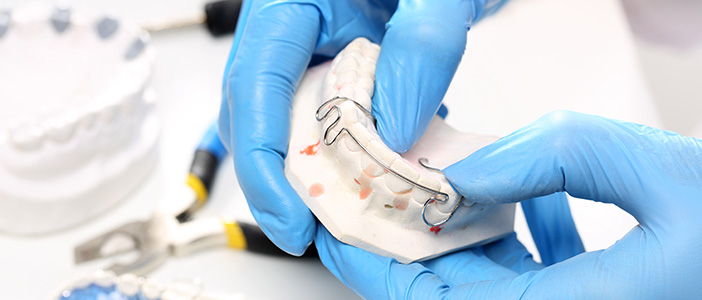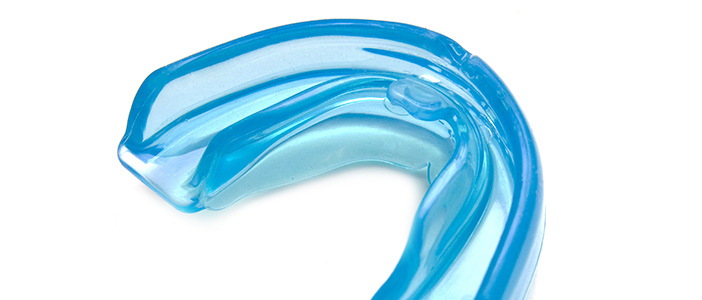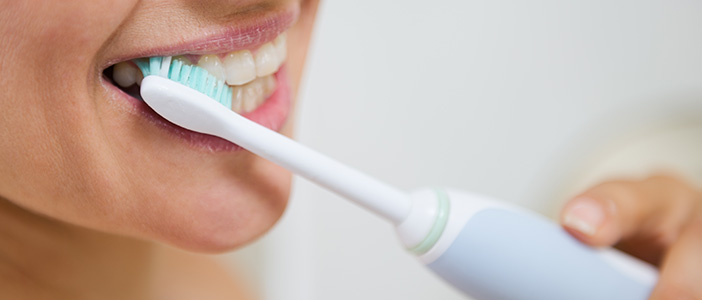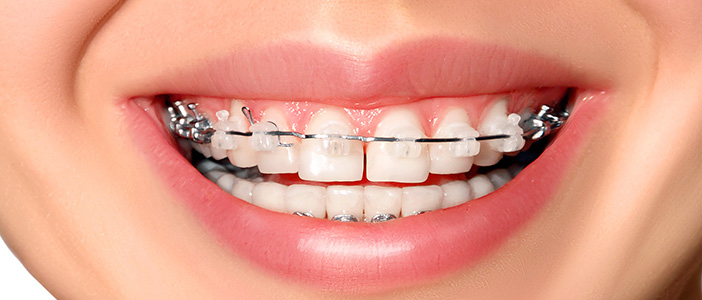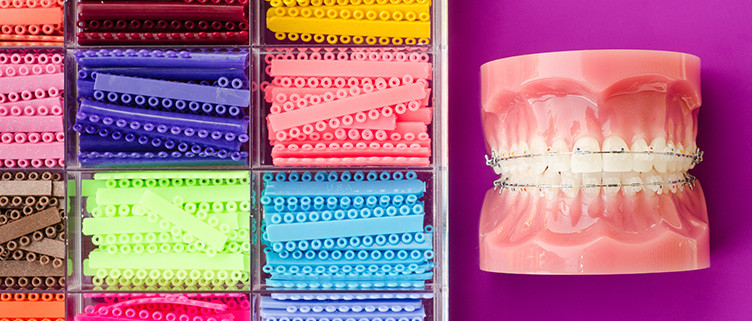As you enter the world of orthodontia, you’re learning a whole new vocabulary. You want to make sure you’re informed about these unfamiliar terms so you’ll understand what’s happening throughout the process.
Your orthodontist may have told you that you need to have spacers before your braces go on. What does this mean?
We’ll explain what orthodontic spacers are and what they do, and we’ll also answer any questions you might have about them as you prepare for this step.
Table of Contents
What Are Spacers in Orthodontics?
Braces are the best way to straighten crooked teeth and properly align your bite. Before getting braces, your teeth need to be prepared. One way your orthodontist may get your mouth ready for braces is by placing orthodontic spacers between certain teeth. Most people who get traditional braces will need these.
What Does an Orthodontic Spacer Do?
Some of your teeth may need brackets that are attached to metal bands going all the way around the tooth. The bands are usually used only on molars. If the space between your molars is very tight, it will be difficult for your orthodontist to put these bands on your teeth. Therefore, space must be opened up to fit the bands in, and this is where spacers come into play.
Orthodontic spacers stay between your teeth for several days until they have moved your teeth slightly apart — just enough to get the bands in between. You’ll need to wear the spacers 24/7 until your orthodontist removes them.
What Do Spacers Look Like?
Orthodontic spacers are very small and may be made of two different materials:
- Rubber spacers – These are small rubber nodules that go between your molars.
- Metal spacers – These are tiny metal hinges that fit between the teeth.
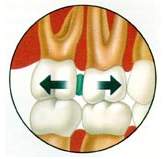
How Spacers Are Inserted and Removed
To insert rubber spacers between teeth, your orthodontist will use a small tool to stretch them out and then wiggle each one into place between your molars. Metal spacers are typically wedged into place using orthodontic pliers.
You may feel pressure or pinching as your spacers are moved into place. Your orthodontist will make adjustments as needed to ensure that the spacers fit properly in between your teeth.
Removal of the spacers doesn’t take long at all. If they’ve done their job, there will be a little extra space between the affected teeth and your orthodontist will be able to easily pop them out with a small tool.
Frequently Asked Questions About Orthodontic Spacers
How Long Will I Have To Wear Orthodontic Spacers?
Spacers usually stay between your teeth for several days — sometimes for as long as 10 days. The spacers will be taken out before your braces are put on.
Are Spacers More Painful Than Braces?
Many people have remarked that spacers were the worst part of the entire process and do hurt more than braces. Perhaps that’s not very encouraging, but remember, they’re only in your mouth for a short period, so you can deal with it. They’ll be in, then they’ll be out, and you’ll be done with that part. Hang in there, because you’re on your way to a better smile.
Orthodontic spacers may be painful because it feels like you have something stuck between your teeth — and you do! In some cases it may feel more than just uncomfortable; there may be aching or throbbing. If so, you can take a pain reliever (such as ibuprofen) as needed. Studies have reported that the first two days with spacers tend to be the most painful, so you can look forward to the process hurting less as more space is created between your teeth.
Are There Any Types of Food I Should Avoid While Wearing Spacers?
There are certain foods that orthodontists recommend you avoid while you’re wearing braces. These typically include hard or chewy foods such as:
- Gum
- Hard or sticky candy
- Popcorn
- Hard rolls
- Any foods that require a great deal of chewing
You should also avoid these types of foods while wearing orthodontic spacers, as they could cause the devices to fall out.
How Do I Brush and Floss My Teeth While Wearing Orthodontic Spacers?
While you have spacers in your mouth, you should brush your teeth very carefully. Rinse your mouth with water before and after brushing to help remove any pieces of food or plaque.
Don’t bother trying to floss between the teeth that have orthodontic spacers, because it will be impossible. But you can still carefully floss your other teeth.
What Do I Do if My Spacers Fall Out?
Since you won’t have your spacers in for more than a week or two, we hope that you’ll be extra careful and they’ll stay in place until you need to have them removed. If some of them do fall out before your removal appointment, contact your orthodontist to find out what to do. You may need another set installed, or it could be the case that you now have enough space between your teeth for the brackets you need.
How Much Does a Spacer Cost for Teeth?
The cost of orthodontic spacers is generally included in your overall fees for braces. Your total cost for braces generally depends on factors such as:
- How long you’ll need to wear braces
- Amount of tooth crowding or gapping
- Jaw alignment issues
- And more
To find out how much you can expect to pay for orthodontic spacers and braces, contact our office.

Biermann Orthodontics Will Be With You Every Step of the Way Through Orthodontic Spacers, Braces, and More
If you’re a resident of Beaverton or the surrounding areas who is ready for expert orthodontic care for yourself or your children, contact Biermann Orthodontics to schedule an appointment at our award-winning practice. We have transformed thousands of smiles in the nearly two decades we’ve been in business, and we’d love to help you.
Whether you need orthodontic spacers to prepare for your traditional braces or you’re interested in Invisalign or some other orthodontic treatment, you’re in good hands with Dr. Biermann and his staff. Contact us today to schedule an initial consultation.
Looking for an orthodontist in Beaverton, Oregon? Biermann Orthodontics is a cutting-edge orthodontic practice that serves Beaverton and Molalla, OR, and focuses on providing world-class customer service and efficient treatment. We strive to create stunning smiles in the shortest amount of time without ever sacrificing quality.
Visit our Locations page to find a clinic near you, or schedule an initial consultation.
Biermann Orthodontics
503-690-0722
17885 NW Evergreen Parkway, Suite 200
Beaverton, OR 97006

